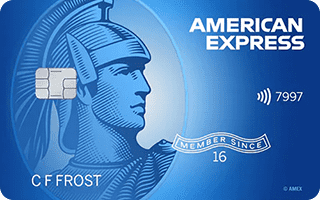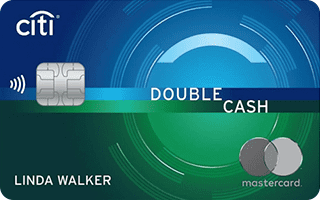Both the Blue Cash Everyday® Card from American Express and the Citi Double Cash® Card offer enticing cash back rewards without annual fees, appealing if you value straightforward savings on their purchases. In benefits face-off, the Citi Double Cash Card edges ahead with its simple 2% cash back on all purchases, making it a compelling choice for those who prefer a no-fuss rewards structure.
But the Blue Cash Everyday Card should not be overlooked, especially if you frequently spend at U.S. supermarkets, online retailers and gas stations, where it provides a higher cash back rate. Ultimately, the right card for you depends on where your spending is concentrated.





